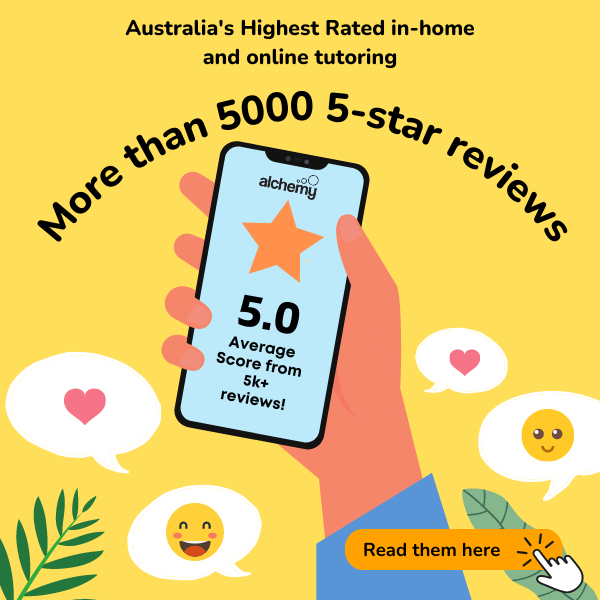You will be required to write a feature article at some point in class. You might need to study to ensure you get a good grade on it, but that’s not all there is to it. Knowing how to write a top feature article can be a valuable skill that you can use after school.
Writing the best feature article has several facets and may take several tries, but this guide is the best start you can get.
What is a Feature Article?
Feature articles are non-fiction stories that go beyond the facts to weave a narrative and tell a compelling story.
Feature articles are not the same as news reports, which keep the story glued to the hard facts. Feature articles take an in-depth look at a particular subject or current events. They often reflect the composer’s strong opinion.
A top feature article keeps the reader’s attention until the end. It should deliver a strong narrative and create a lasting impression that forces the reader to reflect and reevaluate.
Needless to say, getting your feature article right requires a strong understanding of the subject matter, which can only be acquired through research.
Here’s a breakdown of how you should approach a feature article to ensure you provide enough details and information for readers to reflect on.
Step 1: Research and Planning
For the feature article to be convincing, you need to understand what you’re talking about and understand it enough to pass the information to the reader without confusing them but showing strong comprehension.
To start, consider a topic or issue that’s either relevant to you or you’re familiar with. Something that interests you is also a good starting point. This allows your passion and expertise to shine through your writing.
It’s also important to include evidence such as quotes, interviews, and anecdotes. These give weight and truth to your opinion and make it more interesting and credible.
Gathering this information requires adequate and in-depth research. It helps solidify your stance on the topic. However, when writing, you should remember that the purpose of feature articles is for them to be opinionated and persuasive. The goal is to convince the reader of something.
Step 2: Create a Compelling Headline
Maintaining the reader’s attention is the most challenging part of writing a feature article. It all starts with getting an eye-catching or thought-provoking title.
The best idea is to set a question or statement that provokes a reaction from the audience. Here are some great ideas for creating an eye-catching title:
- Keep it short and exciting: You might need to add to your title, but the fewer words, the better; having too many words in your title will make the article seem convoluted. Think about it like a clickbait title.
- Pose a question: Questions provoke emotions and send the mind hunting for answers, even when the answer is obvious. Using a question as your heading will get your readers thinking and make them more likely to engage with the topic or issue you’re covering.
- Use emotive language: Your feature article should be filled with emotive language, starting with the title. Emotive language means using strong, powerful, and even slightly exaggerated words.
Step 3: The Opening
Once you’ve nailed the title, you can shift your focus to the opening, which will serve as the hook. Your introduction should provide more explanation to your headline and feature a summary of the point of view you will be covering in the feature article.
Here are the three main things you should consider when covering the hook:
- Provide context to your chosen topic or issue
- Assert your point of view
- Establish a relationship with the reader. You can do this by using second-person pronouns and asking rhetorical questions. You can also use a relatable anecdote.
Step 4: Have a Systematic Structure
It’s easy to get carried away when writing a feature article, especially about a topic you’re passionate about. But it’s not the place to go on a tangent. Your argument needs to have a structure.
The structure of an article is not as strict as that of an essay, but you still want your paragraphs to flow and connect to each other. The best option is to use the PEEL approach when crafting the paragraph, which includes the Point, Evidence, Explanation, and link.
Readers should easily follow along with your words without trying too hard. You can develop sub-points you want to discuss first and arrange your ideas before you start writing. Ideally, each sub-point should be its paragraph.
The conclusion is another crucial part of the feature article. It should summarise your ideas and opinions and serve as your last chance to re-engage readers who got lost along the way and clarify any confusion they might have had.
The conclusion also needs to be a call to action. Depending on the topic of the article, it should tell your reader to take action.
If you’re staring down the article and still wondering whether it is a masterpiece, this checklist should help you determine whether you have a good feature article:
- It should have a topic or event of current importance
- It should have a catchy title and hook
- It should follow narrative conventions
- It should have a strong opinion backed by facts and evidence
If the feature article checks all these four points, you should be on your way to getting top marks.




